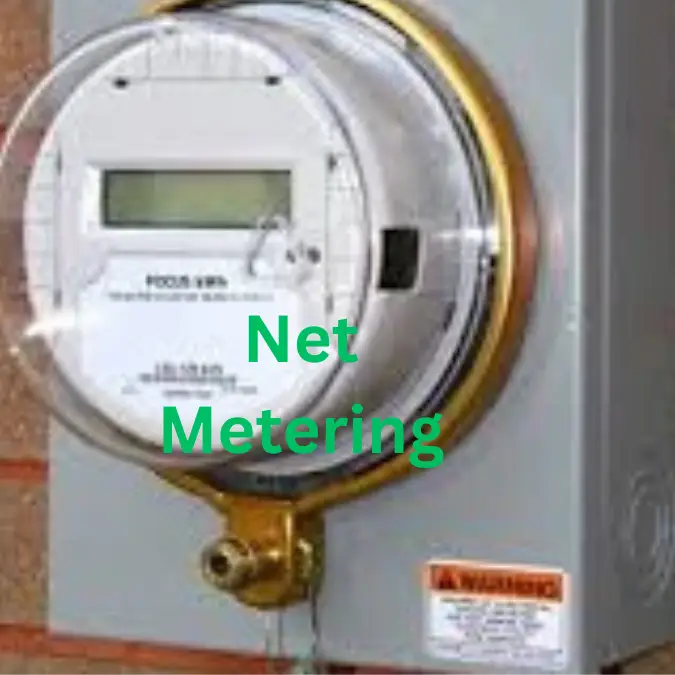As renewable energy gains popularity, many Virginia residents and businesses are turning to solar power to reduce energy costs and promote sustainability. One of the key incentives making this transition appealing is net metering. This program allows you to generate your own electricity and earn credits for the excess energy your system sends back to the grid.
If you’re in Northern Virginia and considering solar energy, understanding how net metering works is essential. At Nova Pro Solution, we’re here to help you make the most of this opportunity. Learn how our solar solutions and net metering programs can benefit you.
What Is Net Metering?
Net metering is a billing mechanism that credits solar energy system owners for the electricity they add to the grid. When your solar panels produce more electricity than you use, the excess energy flows to the grid, and you earn credits on your utility bill. These credits can offset the cost of the energy you consume when your system isn’t producing enough electricity, such as at night or on cloudy days.
Key Features of Net Metering in Virginia
System Capacity Limits
Virginia’s net metering program supports both residential and non-residential customers:
- Residential Systems: Up to 25 kilowatts (kW).
- Non-Residential Systems: Up to 3,000 kW.
- Agricultural Customers: Can aggregate up to 500 kW across multiple systems.
Compensation Rates
Virginia ensures fair compensation for excess energy:
- Monthly Credits: Earn credits at the full retail rate for any surplus electricity.
- Annual Reconciliation: If your system produces more energy than you consume over a year, you can roll over the credit to the next period or receive payment at the utility’s avoided cost rate (typically lower than the retail rate).
Net Metering Caps
Utilities in Virginia have caps on the total capacity of net-metered systems:
- Investor-Owned Utilities (e.g., Dominion Energy, Appalachian Power): Capped at 6% of the utility’s peak load, with 1% reserved for low-to-middle-income customers.
- Electric Cooperatives: Capped at 7% of the utility’s peak load.
Steps to Participate in Net Metering
- Application: Submit a Net Metering Interconnection Notification (NMIN) form to your utility provider before installation.
- Install Your System: Ensure compliance with all technical and safety standards.
- Final Approval: Submit the completed NMIN form post-installation for final approval.
- Bidirectional Meter Installation: The utility installs a meter to measure energy flow in both directions.
- Start Generating Energy: Use your solar energy, and send any excess to the grid.
Additional Considerations for Net Metering in Virginia
- Standby Charges: Dominion Energy customers with systems between 15 kW and 25 kW may face standby charges. Other utilities typically do not impose these fees.
- Aggregate Net Metering: Farmers can credit surplus energy from one meter to another.
- Virtual Net Metering: This option allows customers to benefit from renewable energy sources not directly connected to their meter, such as community solar programs.
Why Choose Nova Pro Solution?
Switching to solar energy is a smart move, but navigating net metering regulations can be complex. That’s where Nova Pro Solution comes in. Our innovative solar leasing program offers affordable options with a lease price lower than your current electric bill, plus a 25-year warranty for peace of mind.
Explore how Nova Pro Solution simplifies solar energy and net metering in Northern Virginia.
The Future of Solar Energy in Virginia
With programs like net metering and incentives provided by the Virginia Clean Economy Act, the state is paving the way for a more sustainable future. Whether you’re a homeowner, a business owner, or a farmer, now is the perfect time to invest in solar energy. Partner with Nova Pro Solution to start saving on energy costs while reducing your environmental footprint.
